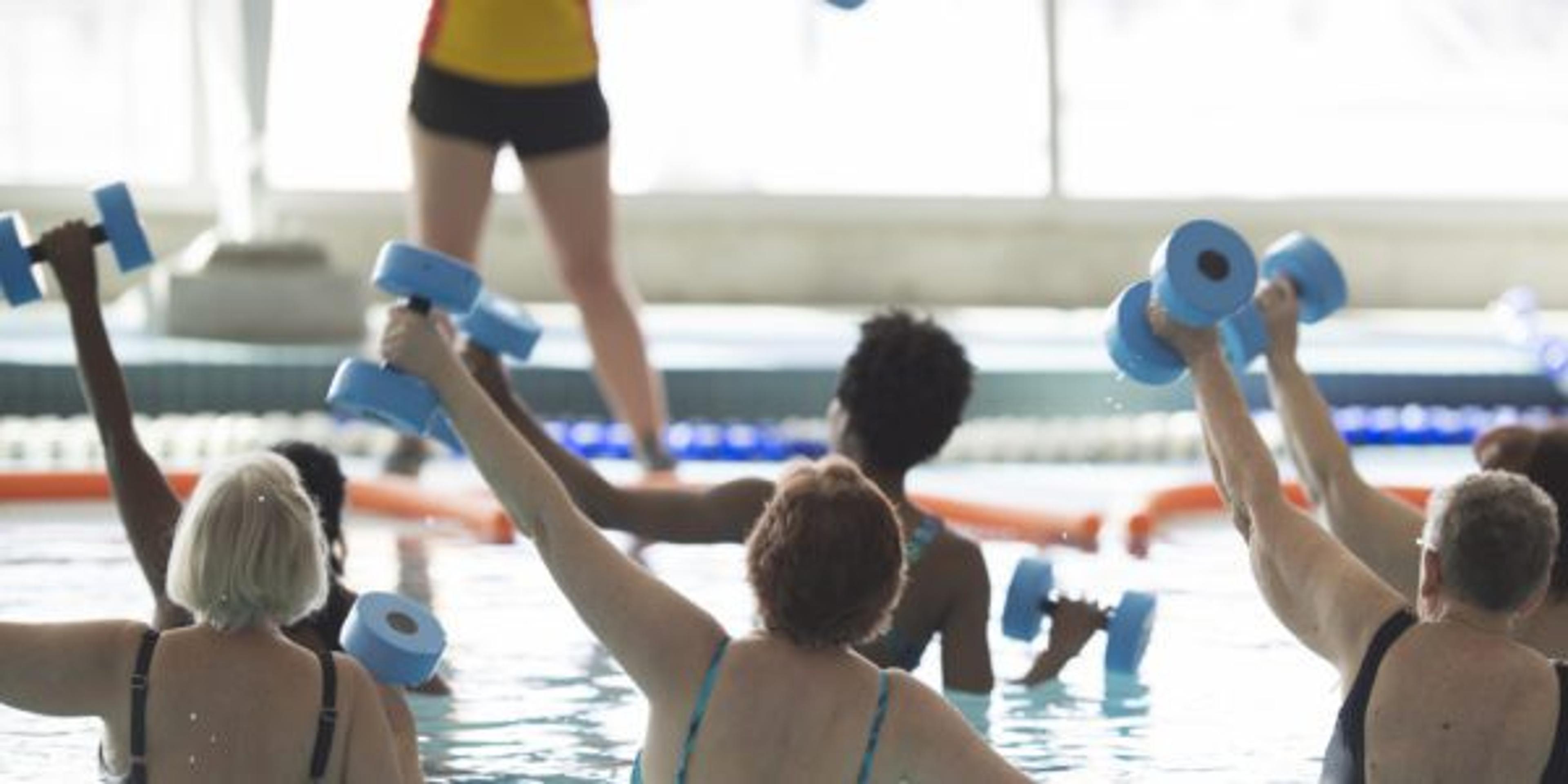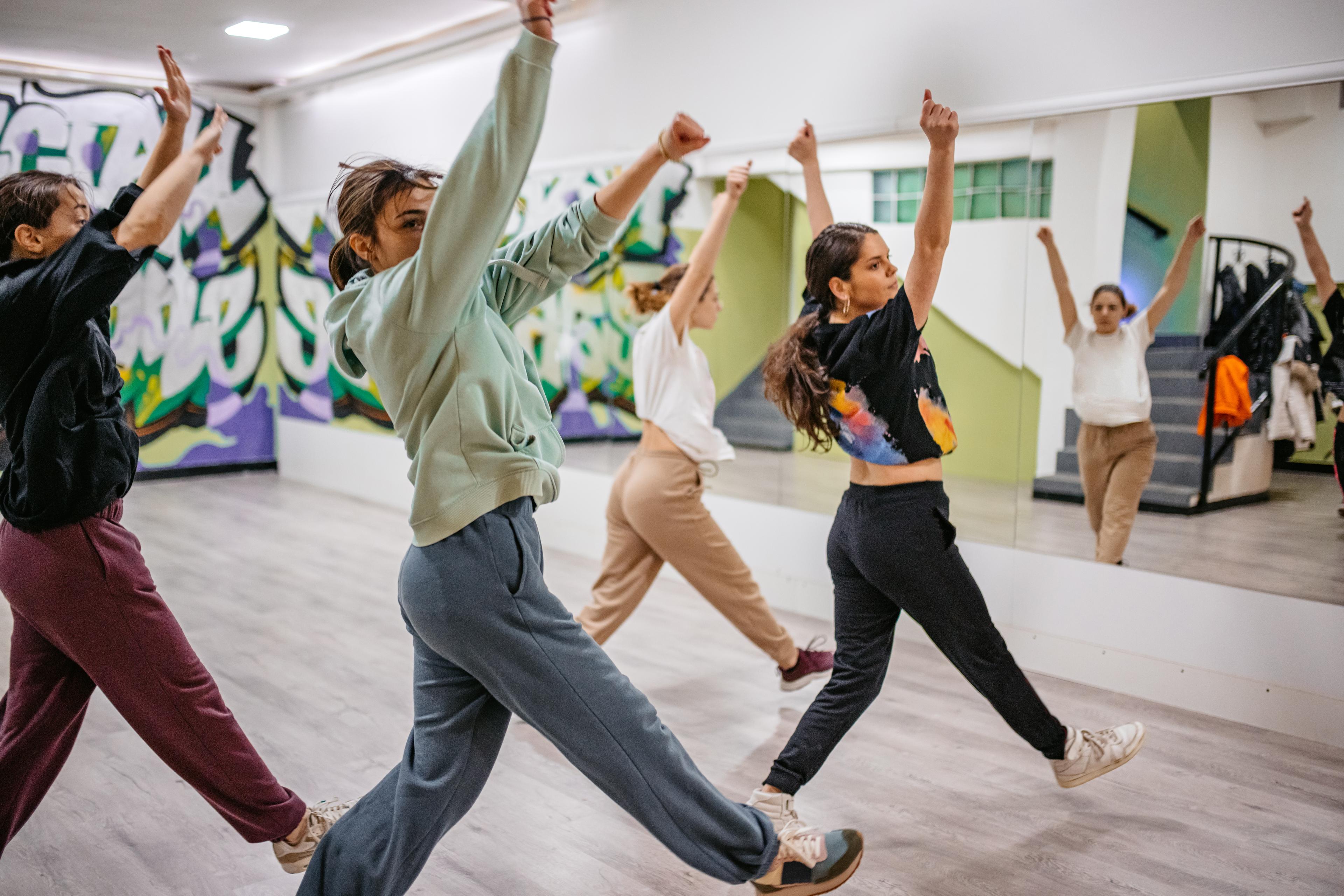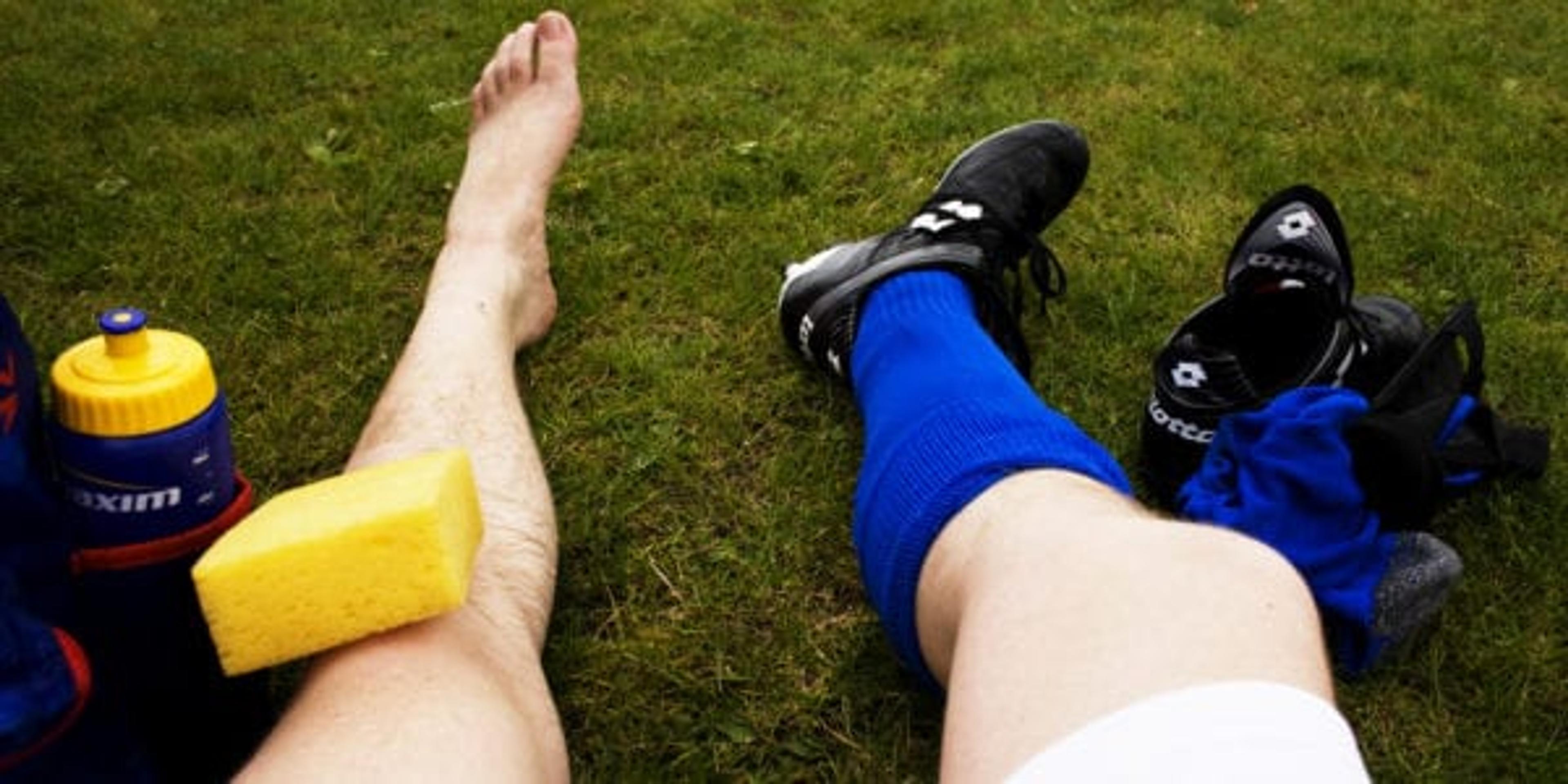Cardio Doesn’t Have to Hurt: The Best Low-Impact Workouts
| 2 min read

No matter your age, exercise is one of the healthiest things you can do for yourself. But as you get older, regular exercise becomes more important for your body and mind. Exercise enhances your mobility and reduces your risk for many serious diseases, it can also do things like improve your sleep, boost your mood and increase your self-confidence.
The American Heart Association recommends Americans aim for 150 minutes of aerobic exercise, a.k.a. cardio, each week. The good news is that you don’t have to hit the gym or head outside for a long-distance run five days a week. Not only is that kind of high-impact workout intimidating, it can also do a number on your knees and hips.
Aerobic exercise can be any activity that increases your heart rate and sustains it for a length of time. It can range from a brisk walk to a friendly game of tennis. Just keep in mind that if you’re just starting a workout routine or have been inactive for a period, it’s important to start your exercise program slowly but consistently. But don’t limit yourself!
Joint-friendly cardio workouts to incorporate into your weekly routine
Power walking: For those who are new to cardio, power walking is a great way to get started. Outside of a good pair of sneakers, it requires no special equipment and can be done almost anywhere. Use your entire body – including your arms – as you walk to maximize your workout. Get started today with this easy-to-follow 12-week walking schedule.
Water aerobics: Don’t let the pool scare you, water aerobics is a fun workout. Working out in water takes the pressure off your bones and offers natural resistance that can help strengthen your muscles.
Exercise bike: One of the major benefits of stationary bikes is that they are extremely low-impact on your joints but still provide you with an effective cardio workout. Many also have heart rate monitors to use throughout the duration of your ride. This stationary bike workout for beginners is a great way to get started.
It’s important to remember to consult your doctor before beginning any exercise program and continue to check-in with them routinely as your workouts progress.
Photo credit: Christopher Porter
Keep reading:





